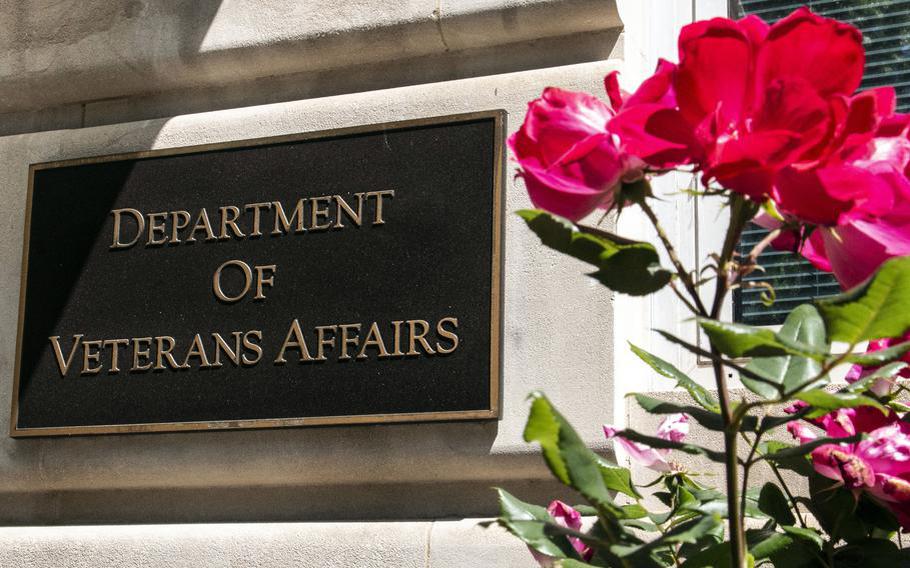
The Department of Veterans Affairs announced it has streamlined the process for referring patients to clinicians in private practice to care for veterans when a timely appointment at the VA is not available. (Stars and Stripes)
WASHINGTON — The Department of Veterans Affairs announced it has streamlined the process for referring patients to clinicians in private practice to care for veterans when a timely appointment at the VA is not available.
Effective immediately, the VA removes a requirement for a veteran to have two referrals from VA doctors before making an appointment for non-VA care.
Although adoption of the Mission Act in 2019 enabled veterans for the first time to receive health coverage for non-VA treatment of their service-connected medical conditions, they were still required to seek a second endorsement from a VA doctor after getting an initial referral, the VA said.
Now, veterans will only need to have a review and approval from their referring VA physician that the non-VA treatment is in their best interest, the VA said.
“Now, we’re making it even easier for veterans to get their health care when and where it’s most convenient for them,” Doug Collins, the VA secretary, said in a statement Monday. “We are putting veterans first at the department, and that means placing a premium on customer service and convenience.”
The referrals are to physicians in private practice who are pre-registered in the VA health network to receive reimbursement to care for veterans injuries and illnesses related to military duty.
VA’s move to ease administrative delays for veterans health care comes as the agency prepares for large staffing cuts this summer, according to an internal VA memo leaked to the media.
The agency also recently eliminated hundreds of contracts with community-based agencies and imposed a hiring freeze on non-essential positions within the agency.
The downsizing follows President Donald Trump’s executive order to decrease costs and personnel across federal government.
VA meanwhile has struggled with persistent shortages of medical personnel, a problem that extends to the entire health care industry, according to the National Institute of Health Care Management. Shortages are attributed to an aging workforce coupled with rising demand for care.